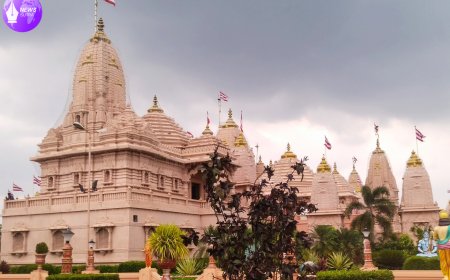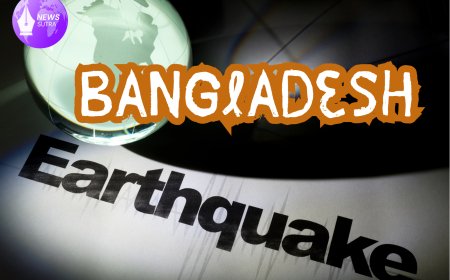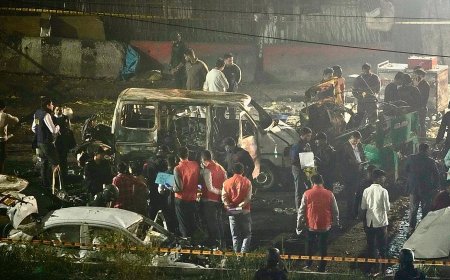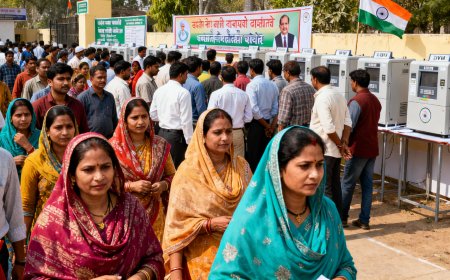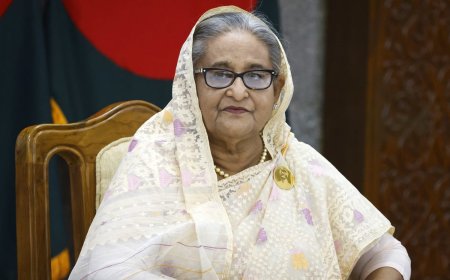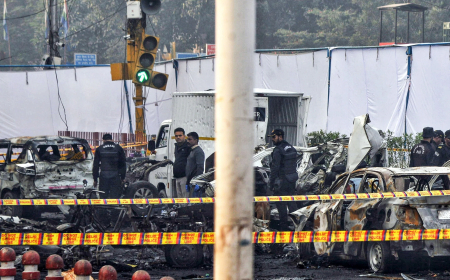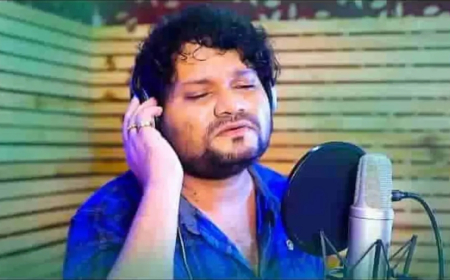Kerala Local Body Polls 2025 – Two-Phase Rural & Urban Vote Could Redraw Grassroots Politics
Kerala’s local body elections on December 9 & 11, 2025 span 1,199 bodies and 2.84 crore voters. This two-phase poll could reshape grassroots politics ahead of the 2026 assembly contest.
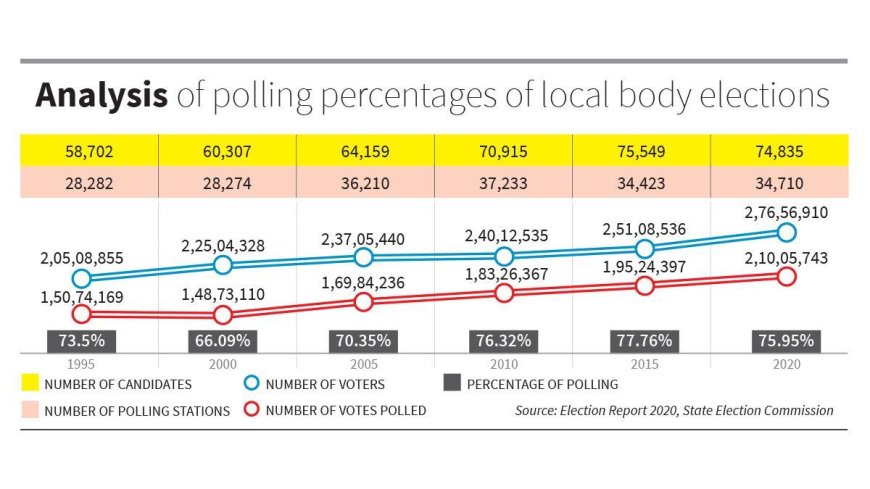
The stage is set in Kerala for what analysts are calling a pivotal electoral moment at the grassroots level. The Kerala State Election Commission has announced the 2025 local body elections will take place in two phases — December 9 and December 11 — with vote counting scheduled on December 13. The Times of India+2The New Indian Express+2
The Numbers and the Timing
The two-phase format divides the state into two clusters: the first phase covers districts such as Thiruvananthapuram, Kollam, Alappuzha, Pathanamthitta, Idukki and Ernakulam, while the second phase will take in Thrissur, Palakkad, Malappuram, Kozhikode, Wayanad, Kannur and Kasaragod. The Times of India+1
Across these elections, approximately 2.84 crore voters are eligible to cast ballots across 23,576 wards in 1,199 local bodies — including gram panchayats, block panchayats, district panchayats, municipalities and corporations. The New Indian Express+1
For rural areas, voters will cast three votes (for three tiers of local governance); urban voters will cast one. The Times of India
Why This Matters
This isn’t just another routine civic poll. Historically in Kerala, local body results have been considered a micro-test of voter sentiment prior to major state-level elections. The 2025 contest comes just months ahead of the next assembly polls and acts as a barometer for the performance of the ruling Left Democratic Front (LDF) and its opposition alliances. The Indian Express+1
For the LDF, maintaining or improving its position signals strong grassroots support. For the United Democratic Front (UDF) and the Bharatiya Janata Party-led alliance (NDA), the polls present a chance to rebuild local-power bases, mobilise cadres and demonstrate organisational strength.
Urban Versus Rural: A New Dynamics
The two-phase model sharply distinguishes between the urban and rural zones of governance. In rural settings, with multiple tiers of local bodies, the issues tend to be more intimate: water supply, local roads, panchayat development and employment. Urban voters, on the other hand, are driven by infrastructure, sanitation, and city governance performance.
This layered divergence means success in different zones may carry distinct political messages. If the LDF dominates rural panchayats but falters in municipalities, it raises questions of urban voter disenchantment – even while retaining village support.
Re-delimitation and Voter Mobilisation
Another game-changer: the delimitation of wards. With the latest revision, several wards have been reconfigured or merged, especially in regions affected by climate events such as landslides. For example, in Wayanad the tragic landslide that claimed hundreds of lives resulted in merging wards and relocating polling booths – altering local electoral dynamics. The Times of India
Political parties are already strategising on micro-targeting — identifying wards with new voters, women voters, NRI voters (a special roll is in place) and wards with changed boundaries. For campaigners, harnessing these shifts is as critical as the broad alliance message.
The Strategic Stakes
For the LDF, performing well will validate its claim of staying connected to grassroots aspirations. For the UDF, a resurgence in panchayats and municipalities could signal readiness for state-level resurgence. For the BJP/NDA, growth in local bodies could represent entry into a state long dominated by two alliances.
The outcomes may influence:
-
Who leads key local bodies and controls local governance resources
-
How alliances negotiate candidate tickets and power-sharing ahead of the assembly polls
-
The overall public mood: whether voters favour continuity, change, or experiment
Voters and the Local Agenda
While macro-political narratives dominate, it is local issues that often decide ward-level outcomes. Citizens will weigh:
-
Delivery of public services at village and town level
-
Efficiency and transparency of local bodies
-
How well promises of infrastructure or employment are kept
-
The local candidate’s reputation and responsiveness
In many cases, these ground-level factors outweigh alliance tags.
What to Watch
-
Whether any new political players or independent platforms make inroads in key wards
-
Turnout trends: whether rural turnout remains high, and whether urban voters show any perceptible shift
-
Ward-wise results: whether rural and urban trends vary significantly
-
Alliances’ ability to translate local wins into momentum for 2026
Conclusion
The upcoming two-phase local body elections in Kerala are far more than civic bureaucracy in motion. They are a vibrant snapshot of how grassroots politics may evolve in the state — a reflection of alliance strengths, voter mood and local governance performance. As results roll in on December 13, the map of power at the village, town and city level could well indicate where Kerala’s political winds will blow next.
The stakes are high, the voters informed, and the dynamics rich. Stay tuned as Kerala’s wards cast their ballots — and the next chapter in state politics begins at the local doorstep.
What's Your Reaction?
 Like
0
Like
0
 Dislike
0
Dislike
0
 Love
0
Love
0
 Funny
0
Funny
0
 Angry
0
Angry
0
 Sad
0
Sad
0
 Wow
0
Wow
0
